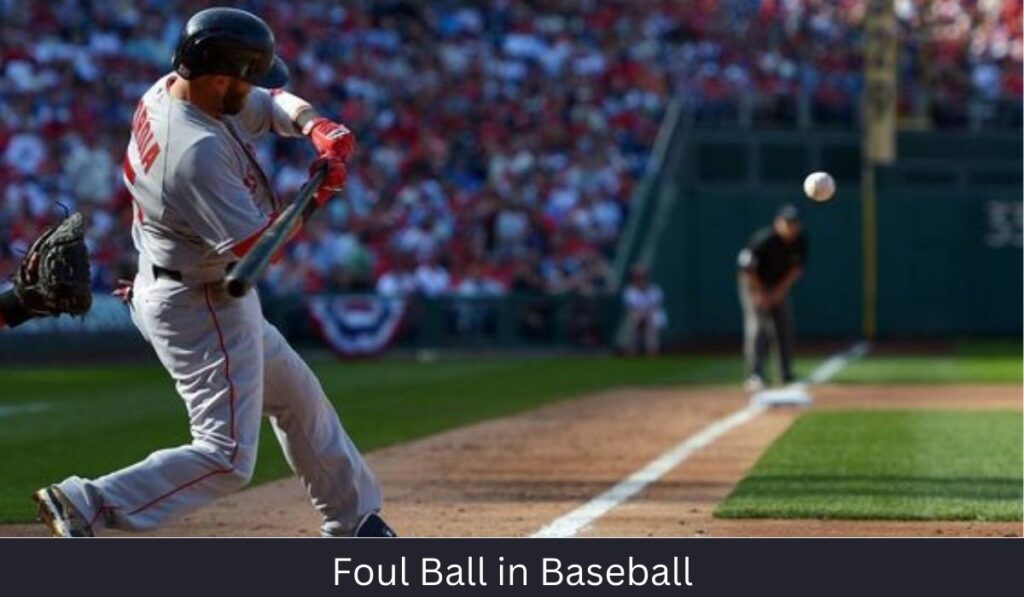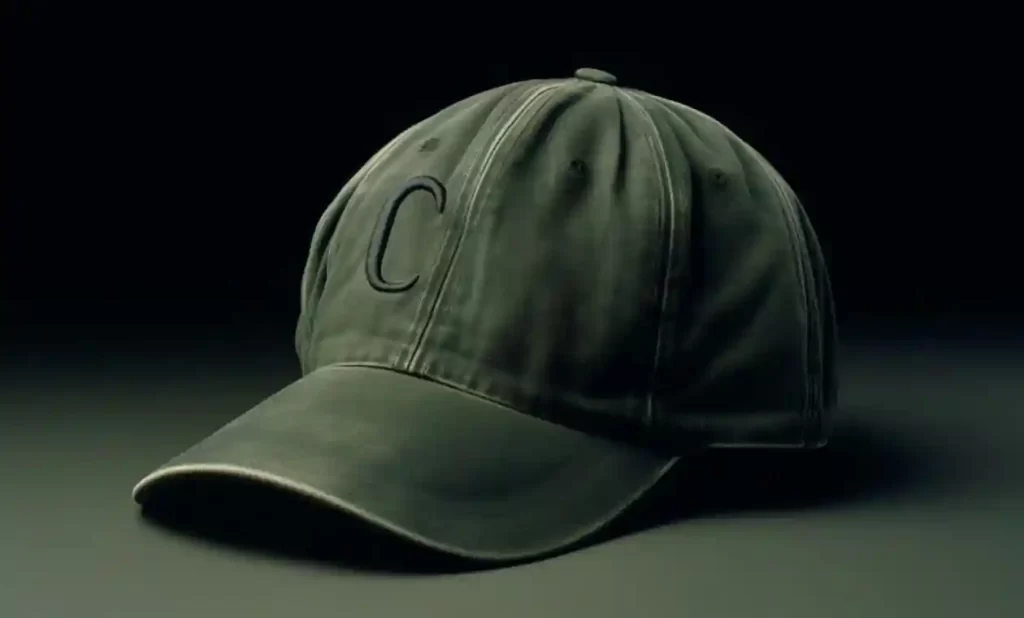
In baseball, a foul ball refers to any batted ball that lands or first touches the ground outside of fair territory. Fair territory encompasses the playing field itself, excluding the stands and areas beyond the outfield walls. This definition is crucial for players, coaches, and fans to understand as it determines the outcome of various plays during a game.
Understanding foul ball rules is essential for all participants in baseball, from players and coaches to umpires and spectators. It dictates the flow of the game, affects strategic decisions, and can ultimately determine the outcome of a match. By knowing and adhering to foul ball rules, teams can maximize their offensive and defensive strategies while ensuring fair play and sportsmanship on the field.
Also Read: Dead Arm in Baseball
Evolution of Foul Ball Rules
Early Days of Baseball
During the early days of baseball, foul ball rules were less defined compared to modern times. Fair territory rules applied across the entire field, allowing batters to exploit loopholes by hitting low balls with “English” to land fair near home plate but then curve foul.
Introduction of Foul Lines
In 1876, to prevent the aforementioned tactic, foul lines were instituted. These lines extended from home plate to the outfield walls, delineating fair and foul territory and establishing boundaries for determining the legality of batted balls.
Emergence of Foul Strike Rule
The “foul strike” rule emerged in 1901 as a response to extended at-bats resulting from repeated fouls. This rule counted the first two foul balls as strikes, aiming to speed up gameplay and prevent batters from prolonging their time at bat indefinitely.
Modern Era Adaptations
In the modern era, foul ball rules remain largely unchanged, with minor adaptations such as expanded netting for fan safety. These adjustments reflect ongoing efforts to balance the integrity of the game with the safety and enjoyment of players and spectators alike.
Types of Foul Balls
| Types of Foul Balls | |
| Criteria for Calling a Foul Ball | Landing or first touching the ground outside of fair territoryNot touched by a fielder before landing outside fair territoryLeaving the field on the fly without hitting a foul poleFirst touching a player or object in foul territory |
| Fan Encounters and Souvenirs | Injured fans receive medical attention, while unharmed fans may keep the ball as a souvenir or donate it to charity |
| Home Run Foul Ball Scenario | Despite leaving the field of play, a foul ball cannot be considered a home run and must remain within fair territory |
Consequences of Foul Balls
Foul balls have significant implications for gameplay and strategic decisions in baseball. They can extend at-bats, allowing batters to wear down pitchers and increase their chances of getting on base. Additionally, foul balls influence pitch selection and defensive positioning based on a batter’s tendency to hit fouls. Furthermore, foul balls can affect the overall pace of the game, with each foul prolonging the inning and requiring additional pitches to be thrown. While there’s no limit on the number of foul balls a batter can hit before an out, foul balls can impact pitcher stamina and pitch counts. Pitchers aim to avoid fouls to keep their pitch counts lower and maintain their effectiveness throughout the game. Moreover, foul balls can have psychological effects on players, including pressure to avoid striking out and frustration from frequent fouls, which can affect focus and pitch selection. Fielders must maintain anticipation and positioning to catch fouls under pressure while also managing the risk of injury.
Strategies and Tactics
Extending At-Bats and Controlling Pitch Counts
In baseball, players employ various strategies to extend at-bats and control pitch counts:
- Batters strategically hit foul balls with two strikes to stay at bat and tire out pitchers.
- By fouling off pitches, batters can wait for a more favorable pitch to hit safely or draw a walk.
- This tactic not only benefits the batter but also disrupts the rhythm and confidence of the opposing pitcher.
Best Positions for Catching Foul Balls
Certain positions on the field offer better opportunities for players to catch foul balls:
- Outfield corners, such as left and right field, often see the most foul balls as they travel furthest from home plate.
- Third base is also a prime location due to the tendency for foul balls to hook in that direction.
- Fielders must anticipate the trajectory of foul balls and position themselves accordingly to make successful catches.
Game Pace Impact and Spectator Experience
The number of foul balls in a game can impact both the pace of play and the spectator experience:
- More foul balls can slow down the game, as each one extends the at-bat and requires time for the ball to be retrieved.
- While strategic fouling may benefit teams, it can also lead to frustration for spectators longing for action.
- However, catching a foul ball remains a thrilling moment for fans, adding excitement to the overall spectator experience.
Also Read: Wrist Taping in Baseball
Significance and Cultural Aspects
Foul balls hold significant sentimental value for fans, often serving as cherished mementos of their baseball experiences. Catching a foul ball is a memorable moment for fans of all ages, creating lasting memories of their time at the ballpark. Fans often keep foul balls as treasured souvenirs, displaying them proudly or passing them down through generations as family heirlooms.
Throughout baseball history, certain foul ball incidents have become iconic and legendary. Famous foul ball moments, such as Babe Ruth’s “called shot” or memorable catches by outfielders in critical situations, are etched in baseball folklore. These signature moments contribute to the rich tapestry of baseball history and are celebrated by fans and historians alike.
While foul balls can bring excitement to the game, safety considerations for fans remain paramount. Stadiums have implemented measures such as expanded netting to protect spectators from foul balls and flying debris. Prioritizing fan safety enhances the overall game experience and fosters greater engagement and enjoyment among attendees.
Also Read: Pinch Hitters Strategies
In Crux
In conclusion, foul balls play a significant role in baseball, influencing gameplay, strategy, and the overall fan experience. They affect the flow of the game, with each foul ball extending at-bats and potentially altering the outcome of plays. Foul balls also have psychological effects on players, coaches, and fans, contributing to the intensity and drama of baseball.
Understanding and adhering to foul ball rules is essential for all participants in baseball, from players and coaches to umpires and spectators. It ensures fair play and sportsmanship on the field, maintaining the integrity of the game. Foul ball awareness promotes safety, enhancing the enjoyment and engagement of fans at the ballpark.
By recognizing the impact and significance of foul balls in baseball, we can further appreciate the nuances of America’s pastime and continue to celebrate its timeless traditions.
How much did you like Foul Ball in Baseball: Everything You Need to Know? Share your view in the comment box. Also, share this blog with your friends on social media so they can also enjoy it. For more blogs, visit baseballpropicks.com
Related Article:
- Cultural Impact: Baseball Caps in Fashion
- Understanding the Basics of Baseball
- Historical Moments in Baseball
- Inside Baseball: The Core Cover
- Best Baseball Gloves by Positio

Meet Daniel Anderson, the heart and soul behind Baseball Pro Picks. At 49, Daniel’s life has revolved around baseball, a passion that’s as strong today as it was when he first fell in love with the game. Living in the USA, Daniel has dedicated countless hours to watching, analyzing, and understanding every pitch, hit, and home run, making almost no game missed. His deep-rooted love for the sport is matched only by his commitment to sharing insightful, expert analysis with fellow baseball enthusiasts. With decades of experience and a keen eye for the game’s nuances, Daniel brings a unique perspective that enriches Baseball Pro Picks. Trust Daniel to guide you through the intricacies of baseball with the authority and trustworthiness of a true aficionado.












